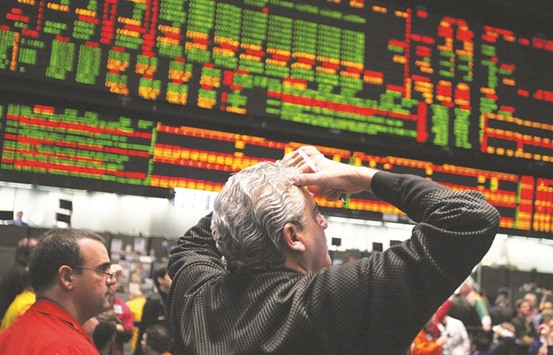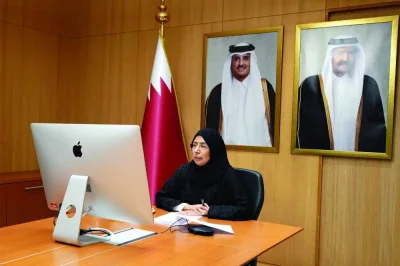CME Group, the world’s largest exchange operator, just completed an upgrade traders said would eliminate a shortcoming that gave some participants an advantage.
Under the old system, data connections that linked customers to CME - where key products like Treasury futures and contracts tied to the Standard & Poor’s 500 Index trade - had noticeably different speeds, opening up the potential for gaming, according to traders and other experts.
Those who knew how to gain faster access could increase their odds of being first in line to trade.
The new design appears to stamp that out. “It’s an excellent step forward,” said Matthew Andresen, co-owner of Headlands Technologies LLC, a quantitative trading firm. “The new architecture is flat and fair, a great improvement,” said Andresen, whose knowledge of market infrastructure goes back to the 1990s, when he worked for electronic trading pioneer Island ECN.
Futures traders have always sought to muscle ahead of their competitors, though in the old days that meant a physical interaction in a trading pit. The situation involving CME’s data connections highlights a fresh set of difficulties ensuring a level playing field in the era of light-speed markets, in which even the smallest bits of a second matter. The race to shave off milliseconds has spurred efforts to carve through mountains, span continents with microwave networks and prompted a backlash championed by the likes of IEX Group Inc, the upstart stock market that delays trading to impose fairness.
In the futures industry where CME dominates, beef producers said earlier this year that the race for speed has damaged the business.
CME customers are allotted data connections to the exchange. Some have more, some have less. Given that their speeds varied noticeably under the old architecture, the more lines a trading firm had, the better odds it could find a faster one.
Trading firms with a lot of links had the chance to fish around for the fastest way to get trades done. Other firms that didn’t have as many connections or the computer programming resources to test around and find the quickest, most efficient way in were at the mercy of the connections they had.
“The performance could vary widely” with data connections under the former CME architecture, Andresen said.
The new system “is an important innovation that will set a new standard for fair and efficient access to the futures markets,” said Benjamin Blander, managing member of Radix Trading, a Chicago-based trading firm.
CME declined to comment on claims the old system was unfair. “We are continuously enhancing our infrastructure in order to provide the latest and best technology architecture for our clients,” said Michael Shore, a spokesman for CME.
CME has been installing the new architecture since February. The last group of futures and options became available on the new system last week, according to CME. Traders aren’t required to switch over to the new system and can keep trading the old way if they want.
This isn’t the first time CME revamped its systems to stamp out an imperfection. Before an upgrade more than two years ago, traders were notified that their own orders were completed before everyone else found out, potentially giving initiators of transactions time to buy or sell on other exchanges with knowledge of their executions.

Traders work in the S&P 500 pit at the CME Group’s Chicago Board of Trade in Chicago. The world’s largest exchange operator has completed an upgrade traders said would eliminate a shortcoming that gave some participants an advantage.


